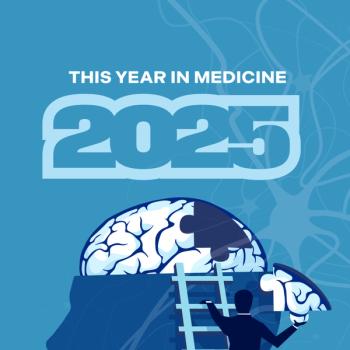
|Slideshows|April 2, 2019
Migraine Research Making Headway
Author(s)Leo Robert
Investigators are looking for and finding new approaches to diagnosis, treatment, and prevention. Here: highlights of some of the latest findings.
Advertisement
Newsletter
Keep your finger on the pulse of neurology—subscribe to NeurologyLive for expert interviews, new data, and breakthrough treatment updates.
Advertisement
Latest CME
Advertisement
Advertisement
Trending on NeurologyLive - Clinical Neurology News and Neurology Expert Insights
1
Repositioning GLP-1 Drugs for Neurologic Disease: Evidence, Advances, and Outlook
2
CAPN2-Targeting Agent AMX0114 Shows Safe Profile in Phase 1 LUMINA Trial of ALS
3
FDA Approves Inebilizumab for Myasthenia Gravis, Phase 3 PREVAiLS Study Launched, Tolebrutinib Fails Phase 3 PERSEUS Study
4
What the First Intrathecal Gene Therapy Means for SMA Clinicians and Researchers
5




















